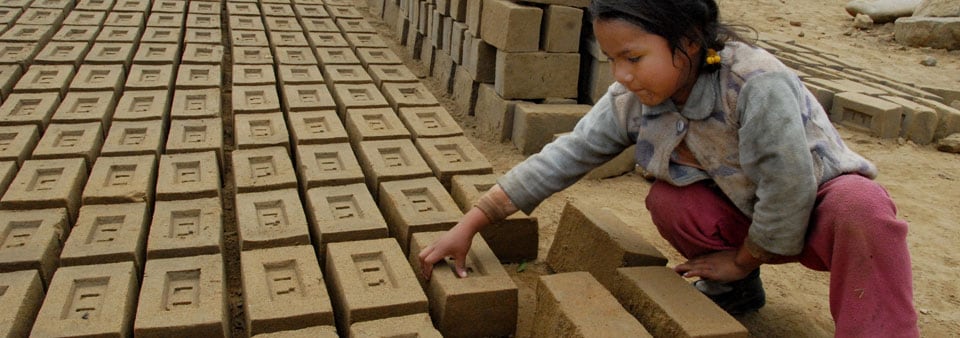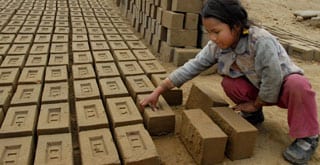Forced and child labor take different forms, including bonded labor of migrant workers, human smuggling, and all other forms of modern slavery. Forced and child labor are most commonly found in the construction, agriculture, apparel manufacturing, and mining industries.
Conflict minerals are commonly extracted utilizing violence and forced labor practices by rebel or corrupt groups. BSI monitors notable countries where the export of conflict minerals is currently happening and analyzes the likelihood of mineral supply chains being exploited or illicitly controlled by groups involved in armed conflict.







